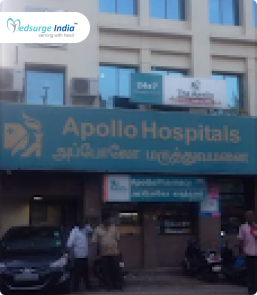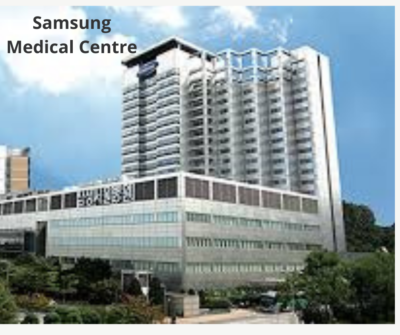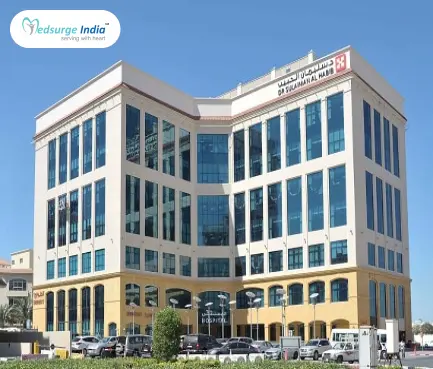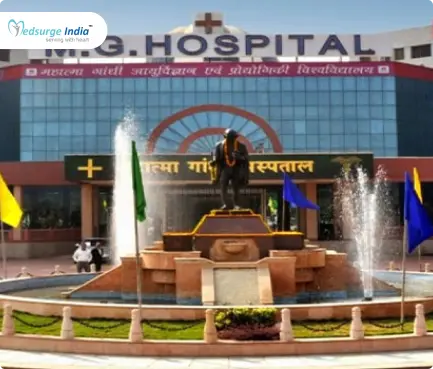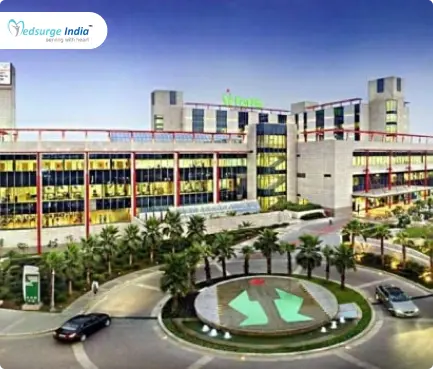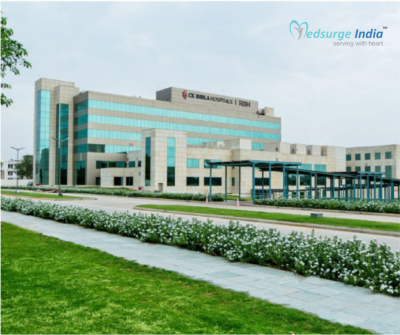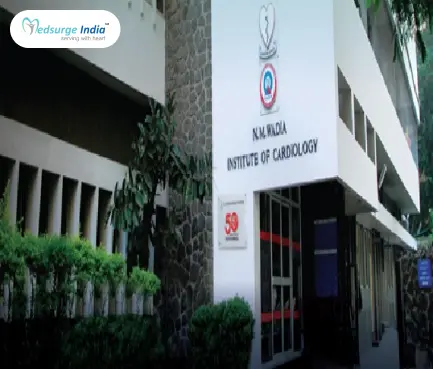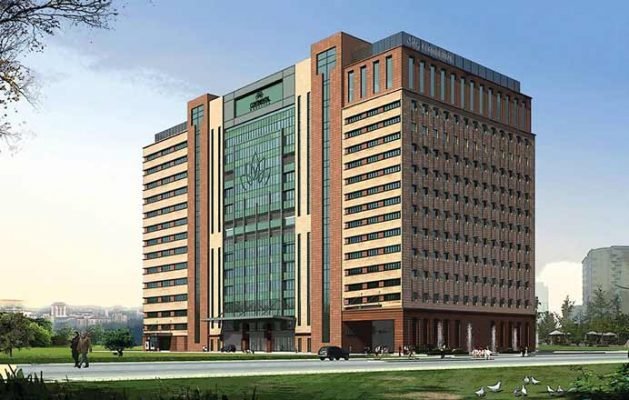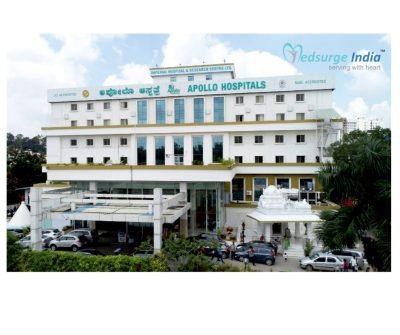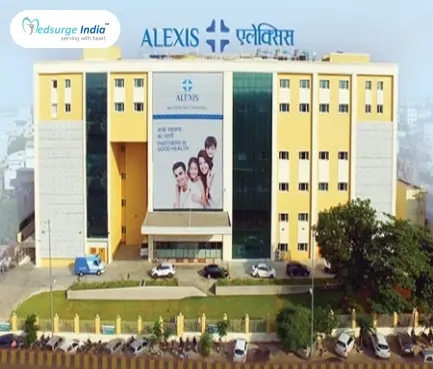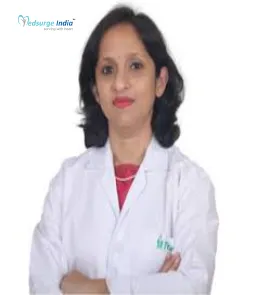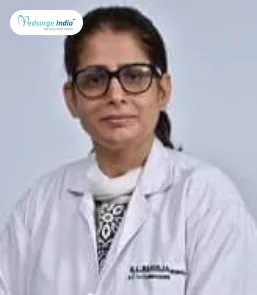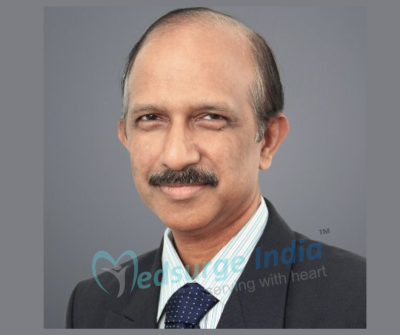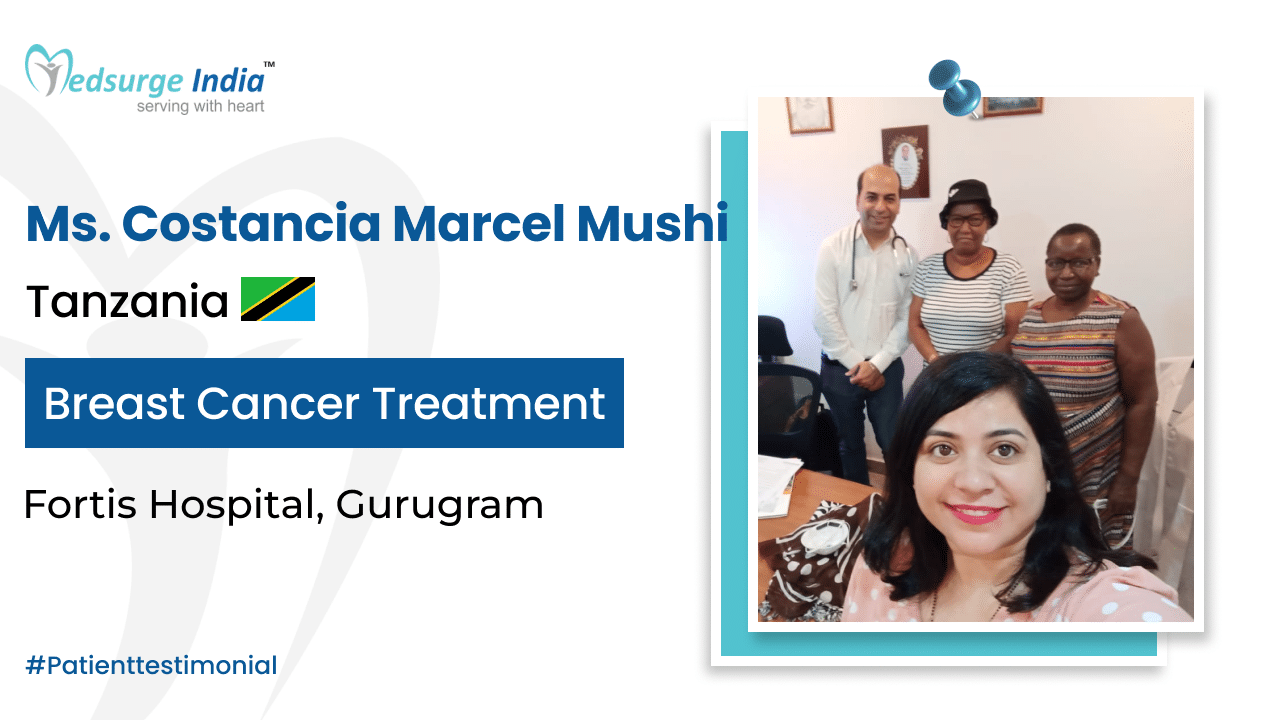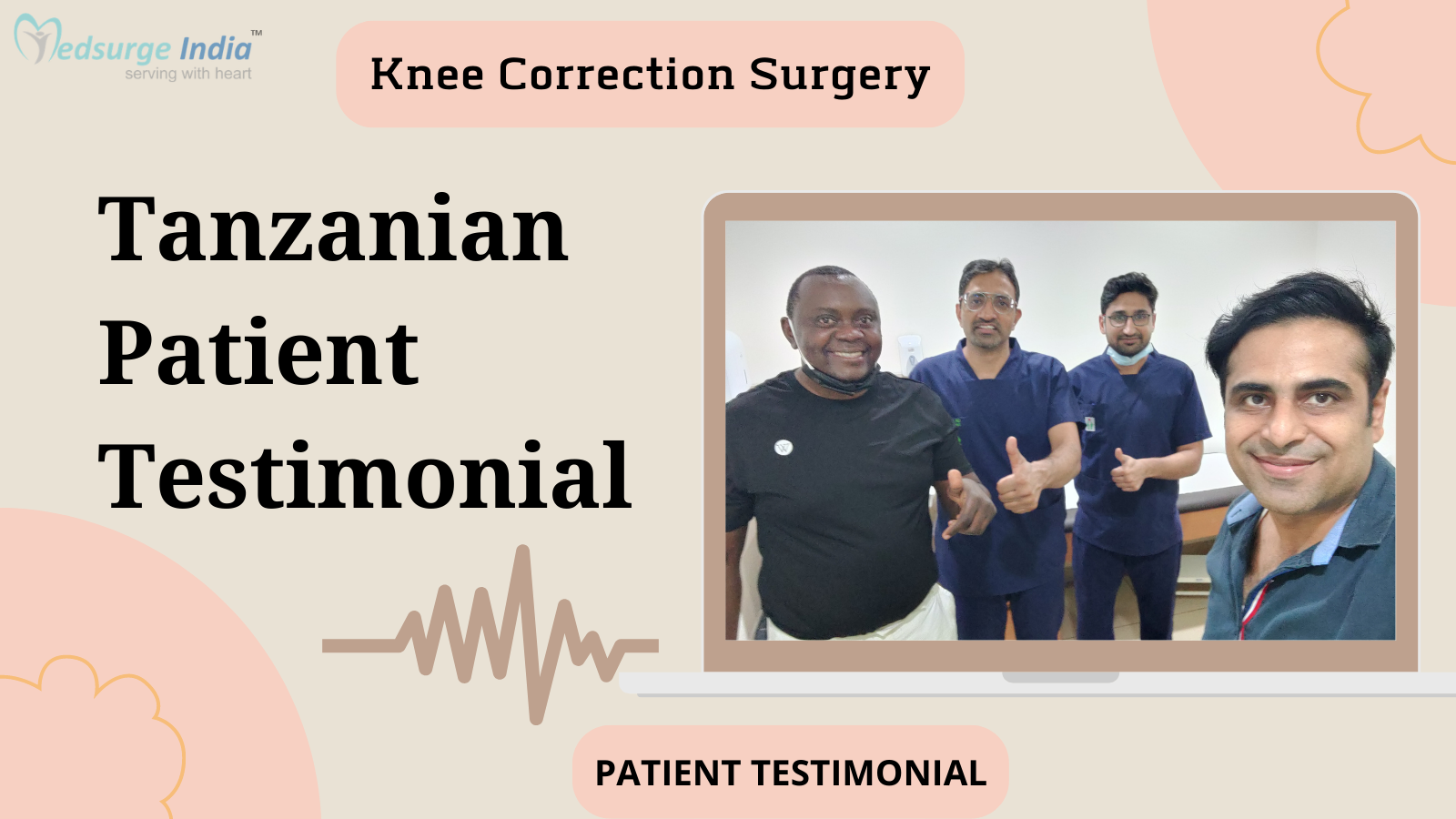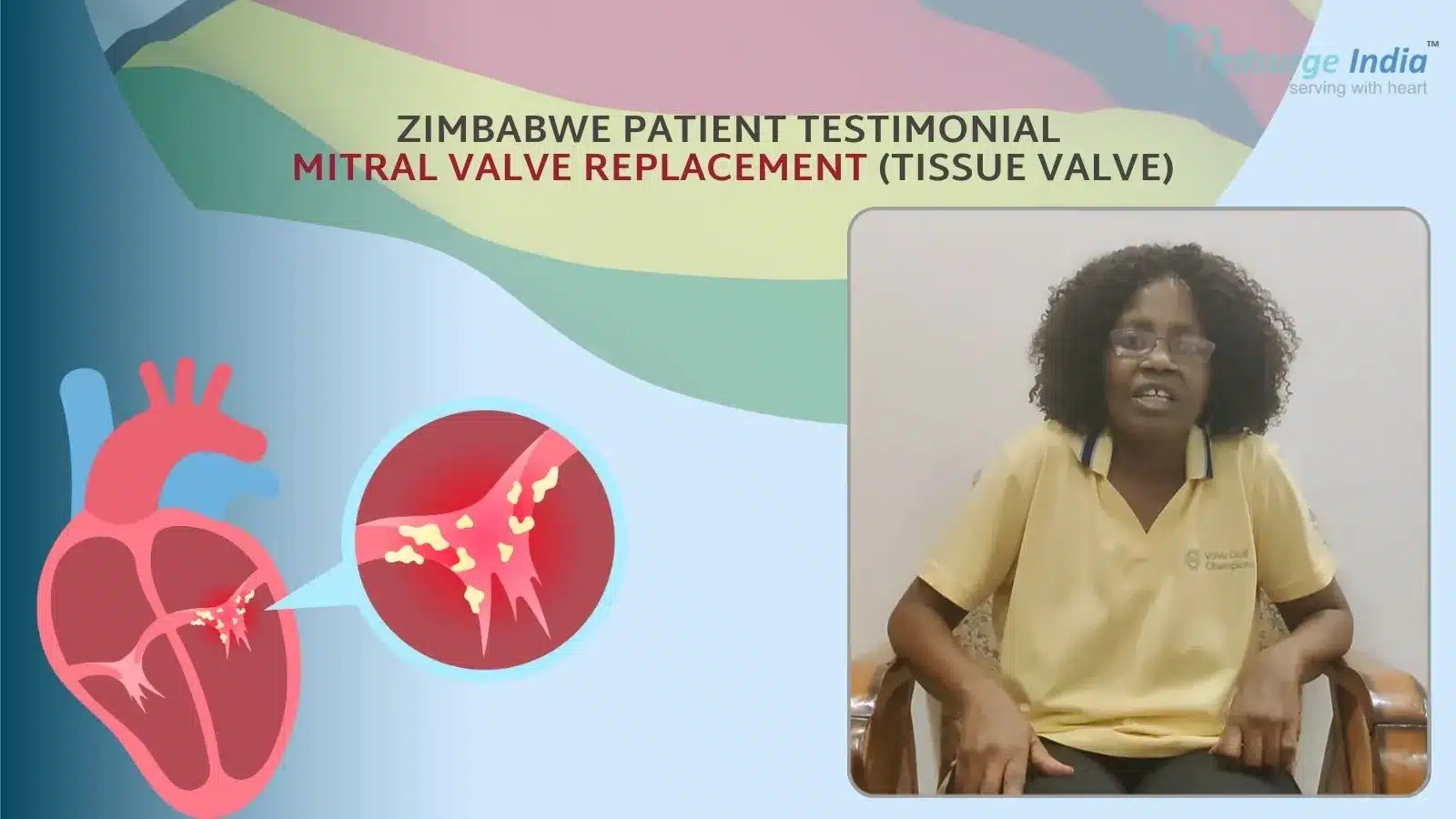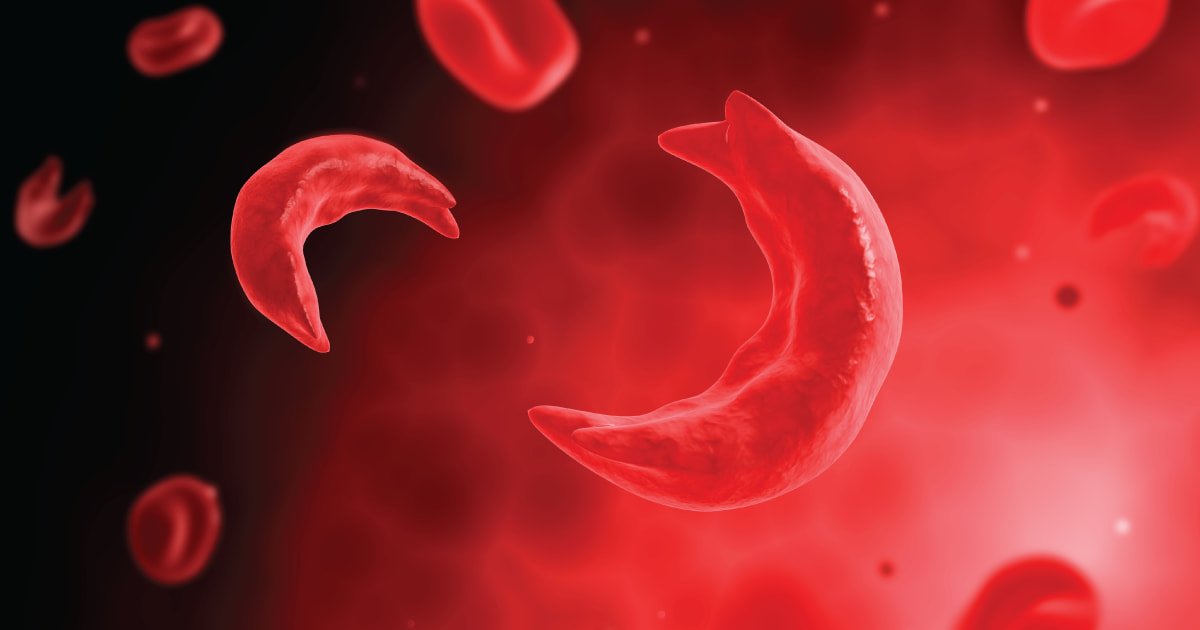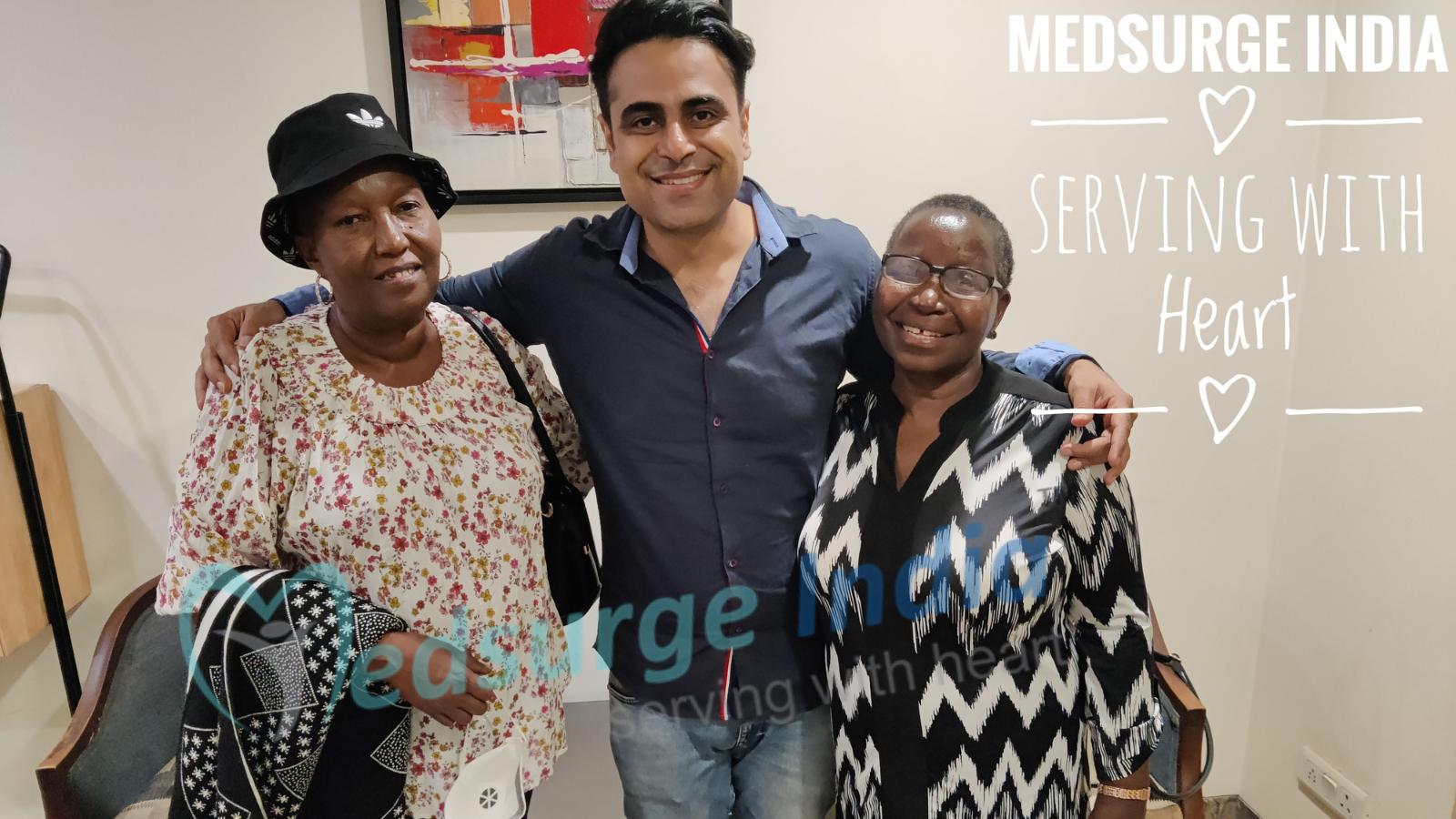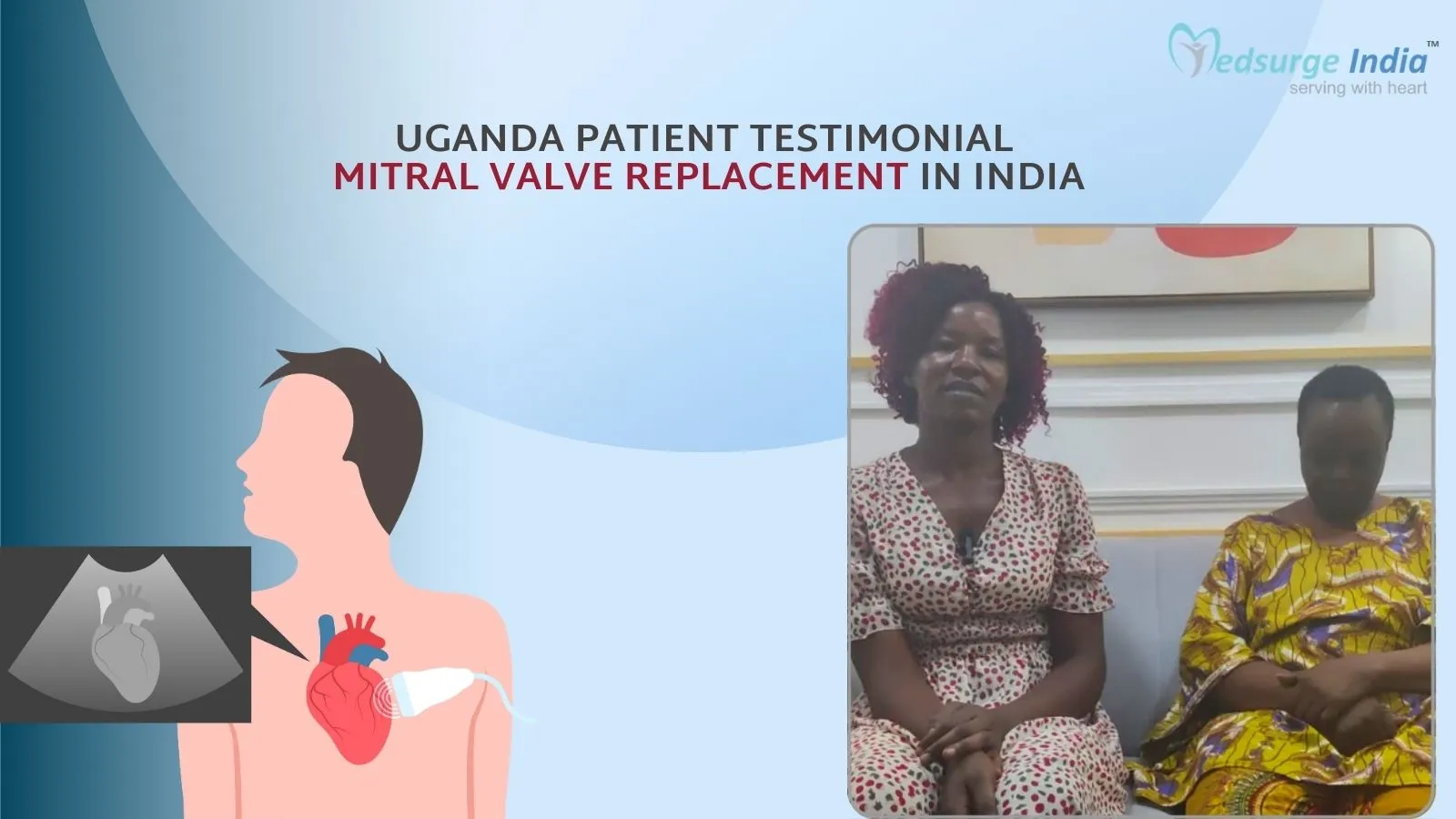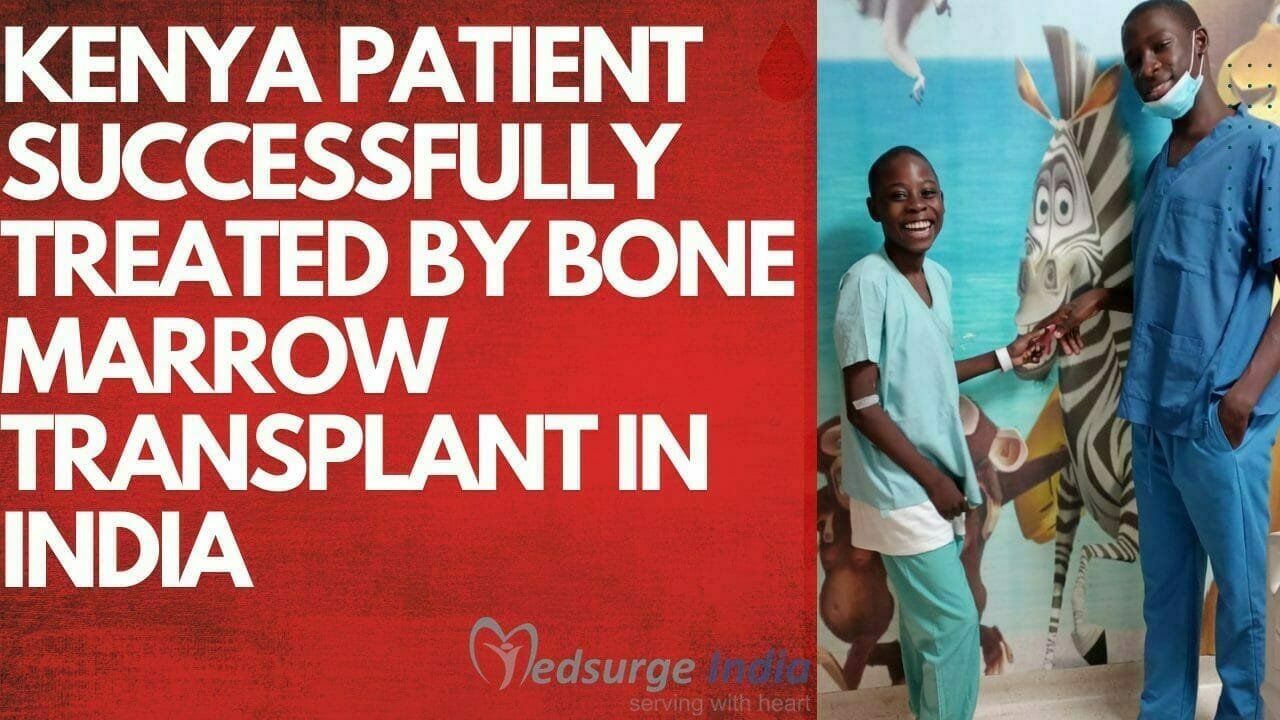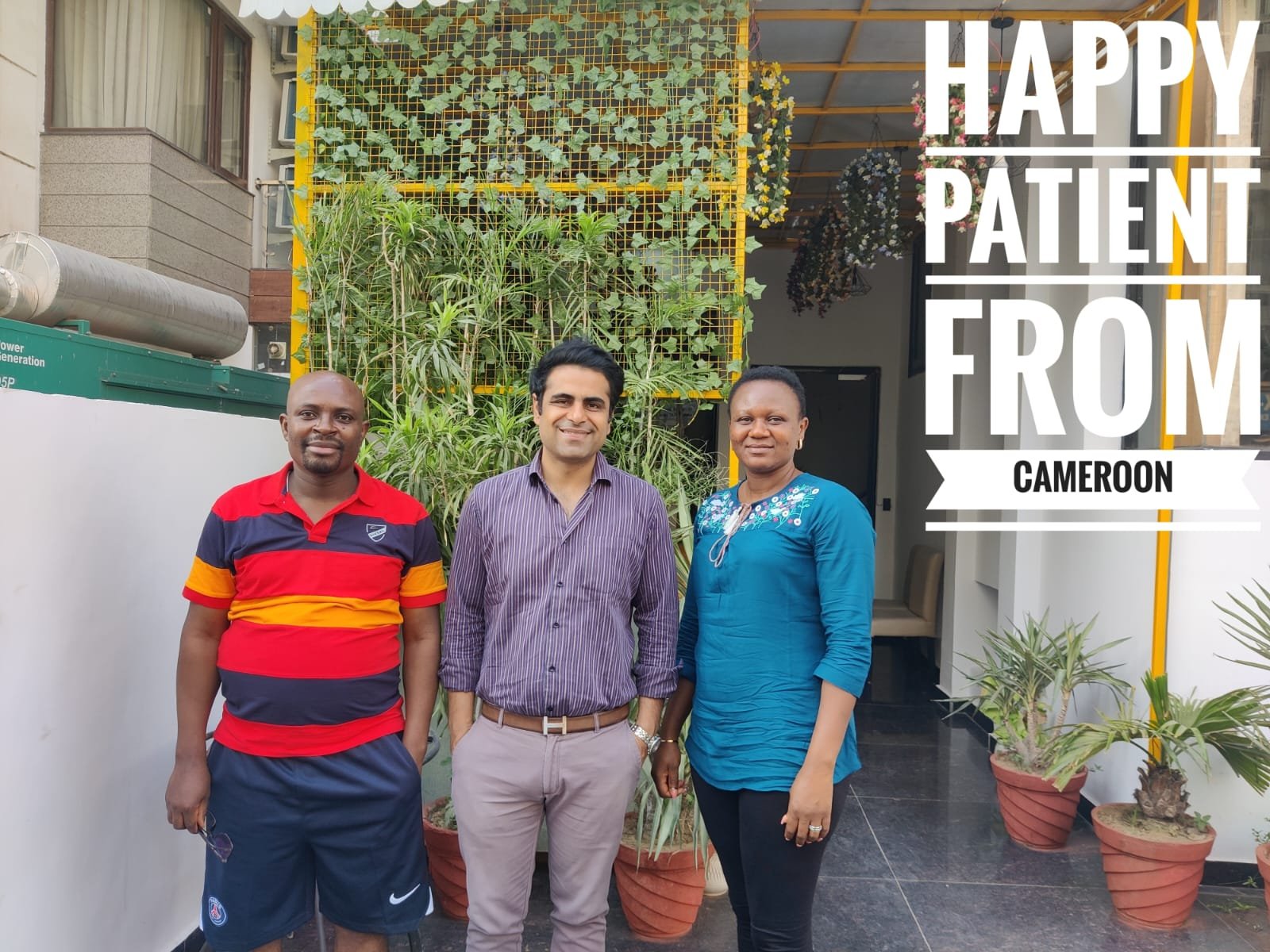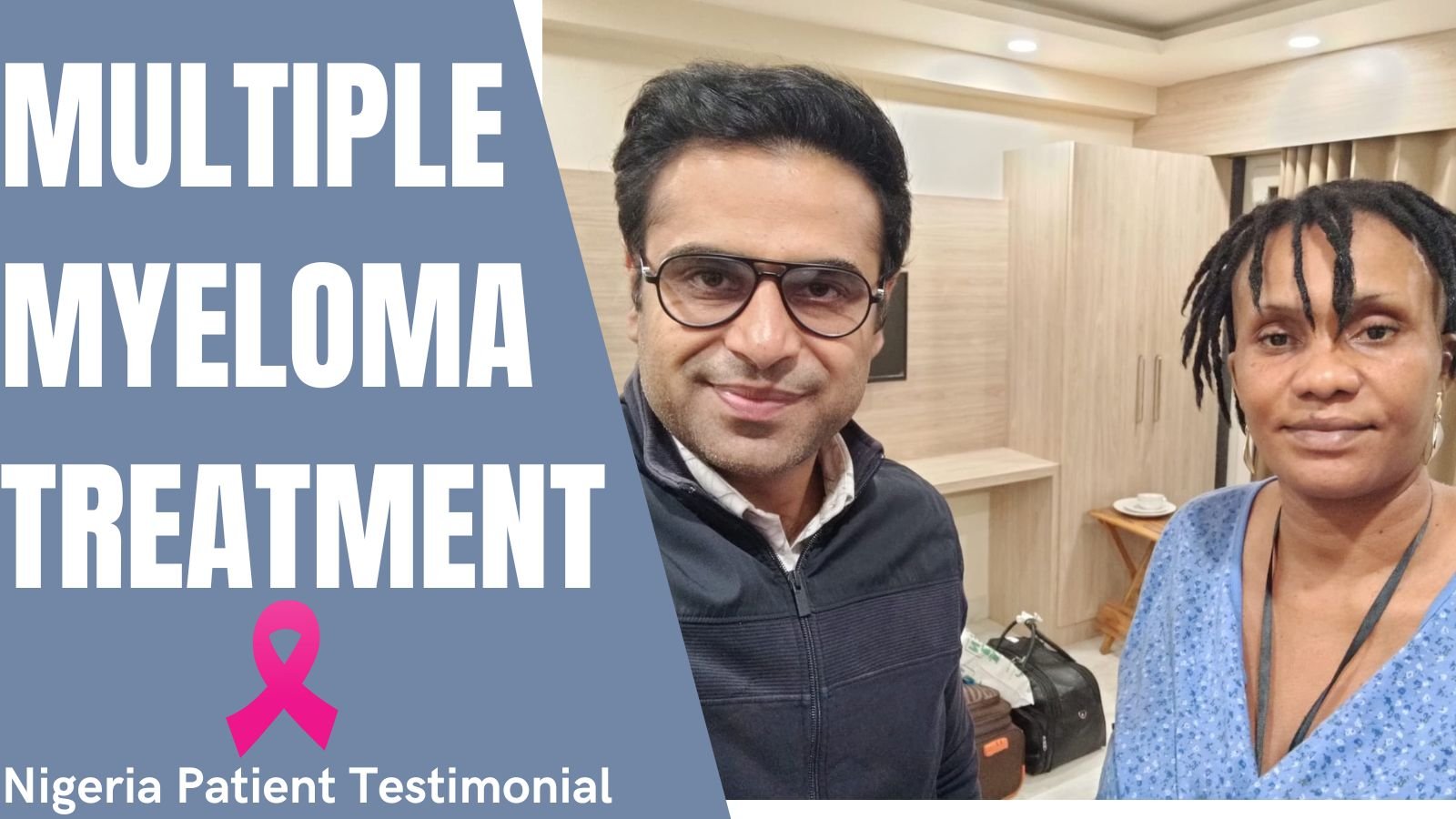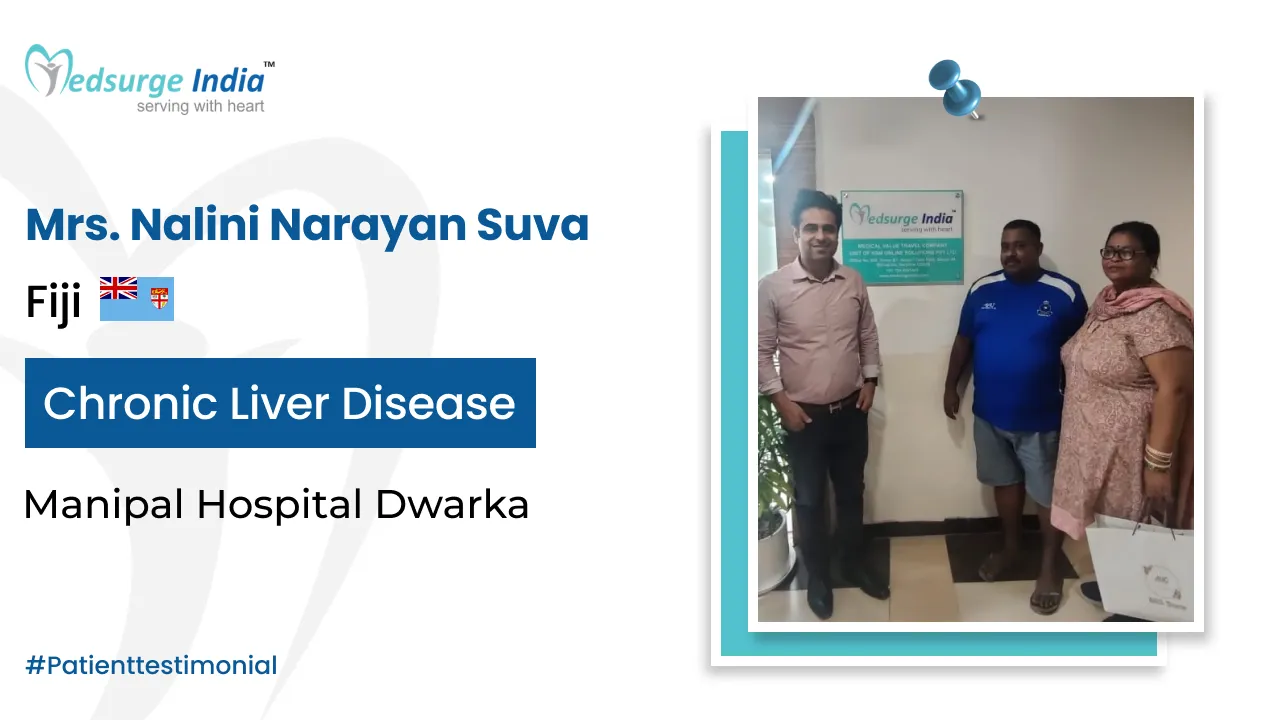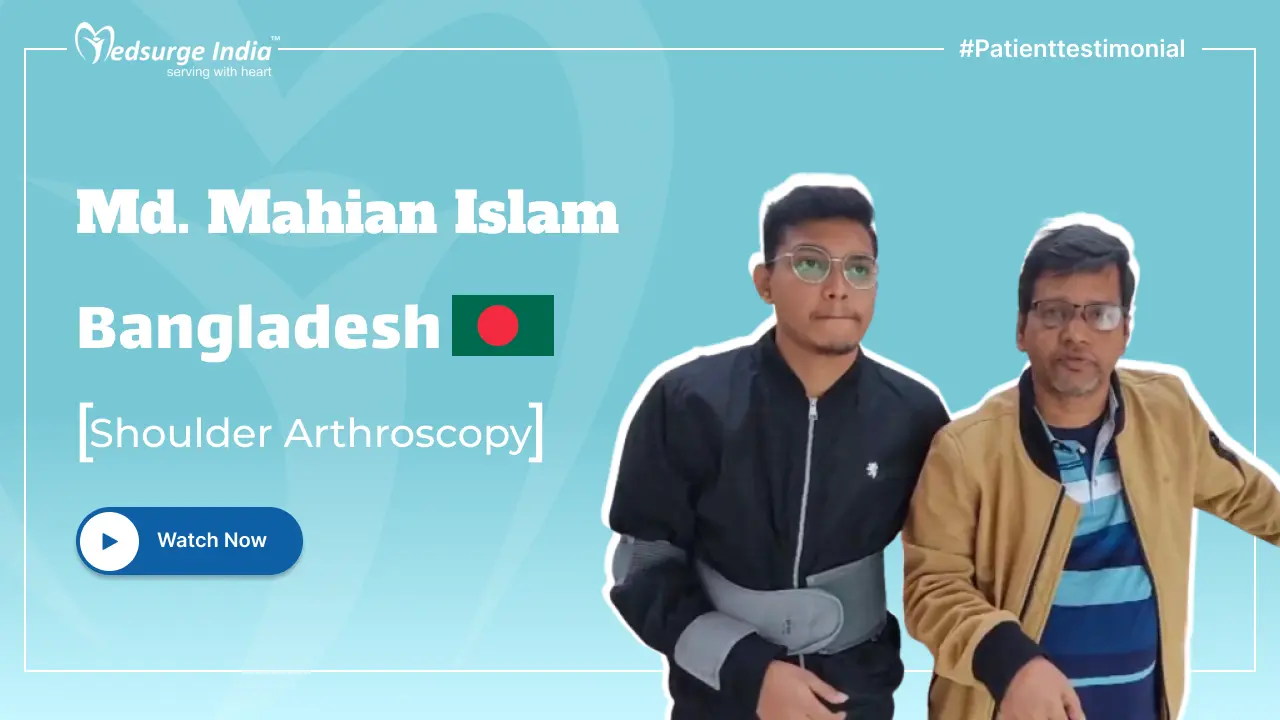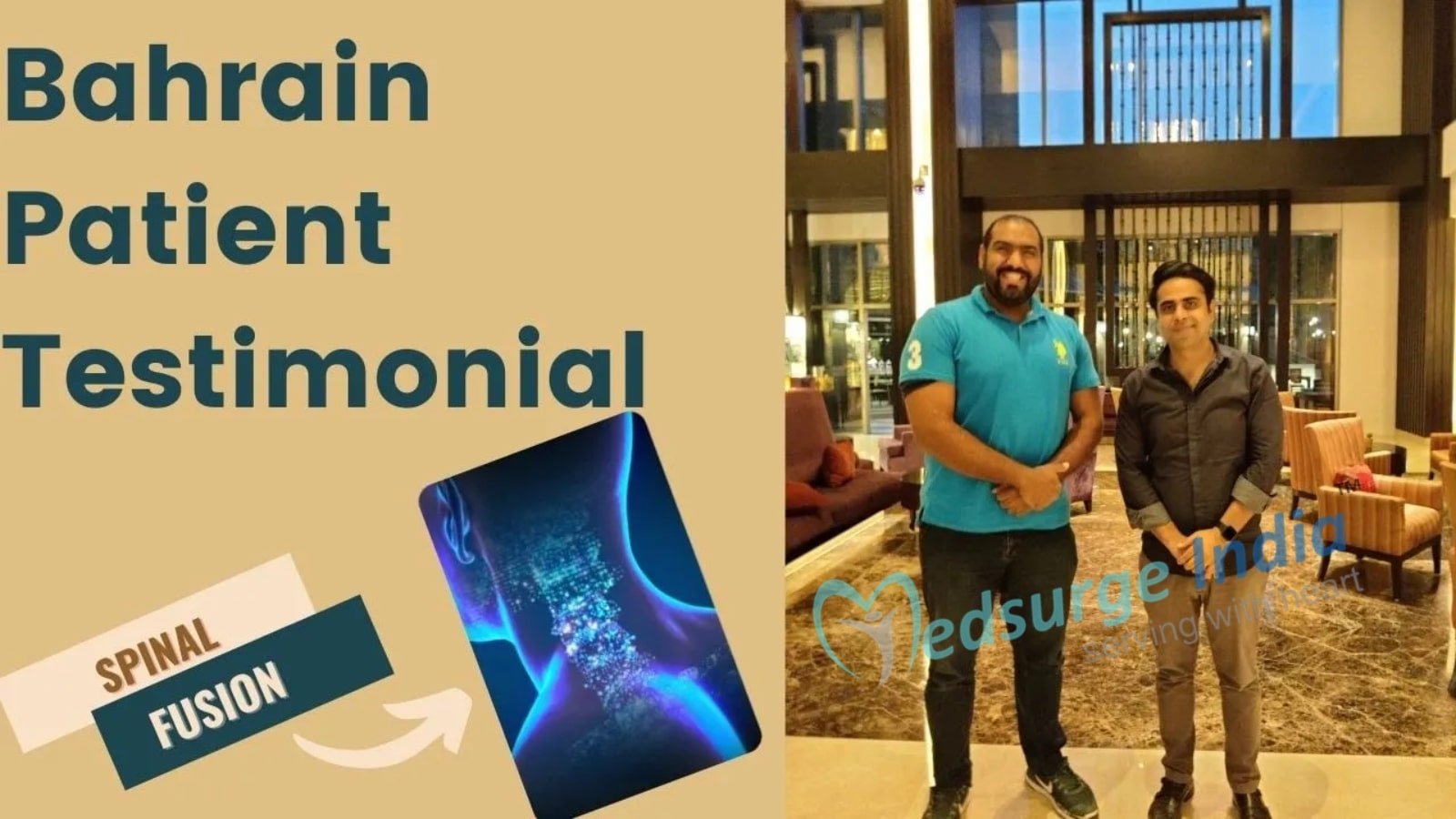
A bone marrow transplant is a medical procedure that introduces healthy blood-forming stem cells into the body to address issues related to damaged or diseased bone marrow. This procedure may be indicated for conditions such as leukemia, multiple myeloma, or various types of lymphoma. Additionally, certain blood disorders can be treated using stem cell transplants.
In India, it is reported that approximately 3,000 bone marrow transplants are performed each year. A significant reason why numerous patients from various parts of the world choose India for this procedure is the cost-effectiveness of the transplant. The expenses associated with bone marrow transplant cost in India are considerably lower than those in Western countries, while still adhering to international standards.
Bone Marrow Transplant Cost in India
Bone marrow transplant cost in India starts from 15,000 USD and can go up to 55,000 USD depending on the type of bone marrow transplant. The price associated with bone marrow transplants differs based on the type, with autologous transplants typically being more affordable than allogeneic transplants. This is primarily because autologous transplants utilize the patient’s own bone marrow rather than relying on a donor.
Types of Procedures For Bone Marrow Transplant Cost in India
- Allogenic Bone Marrow Transplant: Can range from Rs.19,47,000 (23,000 USD).
- Autologous Bone Marrow Transplant: Can range from Rs.12,69,000 (15,000 USD).
- Haplo- allogeneic transplant: Can range from Rs. 27,09,000 (32,000 USD).
Bone Marrow Transplant Cost in India Vs Other Countries
| Countries | Price of Bone Marrow Transplant |
| India | $18,000 |
| United State | $1,20,000 |
| United Kingdom | $1,20,000 |
| Australia | $1,00,000 |
| UAE | $55,000 |
| Thailand | $75,000 |
Note: Keep in mind that the cost stated above are only for the cost of the treatment there will be other additional costs for the final cost of the treatment.
Key Components That Can Affect Bone Marrow Transplant cost in India
While the cost of bone marrow transplant in India is less compared to other countries there will be other factors that can affect the cost of the final treatment cost. Here are some key factors that can affect bone marrow transplant cost in India:
- Type of transplant: The transplant may involve the use of the patient’s own cells (autologous) or cells from a donor (allogeneic).
- Patient condition: The cost may be influenced by the severity of the disease being treated as well as the overall health of the patient.
- Hospital and medical team: The financial implications can be affected by the hospital’s reputation and the expertise of the medical professionals involved.
- Location: The expenses associated with a bone marrow transplant can differ significantly based on geographical location.
- Additional treatments: The requirement for chemotherapy or radiation therapy, either prior to or following the transplant, can lead to an increase of bone marrow transplant cost in India.
- Pre-surgery tests: Basic physical examinations and preliminary tests may incur cost of the treatment.
- Specific tests: The inclusion of CT scans, ultrasounds, and color Doppler scans can influence the overall cost of a bone marrow transplant in India.
- Follow-up sessions: The cumulative cost of follow-up appointments may affect the cost of bone marrow transplant in India.
- Immunosuppressant injections: The expense for immunosuppressant injections typically affects bone marrow transplant cost in India.
The above-aforementioned factors can influence the overall expense of a bone marrow transplant in India. However, despite the inclusion of these additional costs, the total price of a bone marrow transplant in India remains significantly lower than that in leading countries worldwide. Consequently, an international patient may save between 40% and 60% compared to the costs in their home country.
What is Bone Marrow Transplant?
Bone marrow transplant (BMT) is a specialized treatment option for individuals diagnosed with specific types of cancer or other medical conditions. This procedure entails the extraction of stem cells, which are typically present in the bone marrow, followed by a filtration process to purify these cells.
Subsequently, the filtered cells are reintroduced either to the original donor (the patient) or to a different recipient. The primary objective of BMT is to infuse healthy bone marrow cells into a patient after their own compromised bone marrow has undergone treatment to eliminate the abnormal cells.
Why Bone marrow Transplant is Needed?
The objective of a bone marrow transplant is to provide a cure for various diseases and types of cancer. In instances where the chemotherapy or radiation doses required to treat cancer are so substantial that they may irreparably harm or obliterate a person’s bone marrow stem cells, a bone marrow transplant becomes necessary. Additionally, such transplants may be required if the bone marrow has been compromised due to a disease.
A bone marrow transplant serves several purposes:
- To substitute diseased or nonfunctioning bone marrow with healthy, functional bone marrow, particularly in conditions like leukemia, aplastic anemia, and sickle cell anemia.
- To develop a new immune system capable of combating existing or residual leukemia or other cancers that remain after chemotherapy or radiation administered during the transplant.
- To restore normal bone marrow function following high doses of chemotherapy and/or radiation aimed at treating a malignancy, a process commonly referred to as rescue.
- To replace bone marrow with genetically healthy functioning bone marrow, thereby preventing further damage from genetic diseases such as Hurler’s syndrome and adrenoleukodystrophy.
It is essential to carefully evaluate the associated risks and benefits through a comprehensive discussion with your healthcare provider and specialists in bone marrow transplants prior to undergoing the procedure.
Ways to Ease Your Financial/ Cost Burden During a Bone Marrow Transplant in India?
Here are some ways to ease your financial burden during Bone Marrow Transplant in India:
- Verify if your employer provides any financial aid for Bone Marrow Transplant packages in India.
- Explore governmental programs that offer financial support for Bone Marrow Transplants in India.
- Explore the option of crowdfunding or reaching out to non-profit organizations that offer financial aid for Bone Marrow Transplant in India.
What Are Some Diseases That May Benefit From Bone Marrow Transplant?
The diseases that most frequently benefit from bone marrow transplantation include:
– Leukemias
– Severe aplastic anemia
– Lymphomas
– Multiple myeloma
– Immune deficiency disorders
– Certain solid-tumor cancers, albeit in rare cases
It is important to note that individuals may experience these diseases in varying ways, and a bone marrow transplant may not be suitable for every patient affected by these conditions.
What Are The Different Types Of Bone Marrow Transplants?
There are various categories of bone marrow transplants based on the identity of the donor. The primary types of bone marrow transplants include:
Autologous bone marrow transplant: In this procedure, the donor is the patient themselves. Stem cells are collected from the patient through either a bone marrow harvest or apheresis (a method for gathering peripheral blood stem cells), preserved, and subsequently reintroduced to the patient following intensive treatment. This process is often referred to as rescue rather than transplant.
Allogeneic bone marrow transplant: In this case, the donor possesses a genetic match with the patient. Stem cells are obtained from a genetically compatible donor, typically a sibling, through either bone marrow harvest or apheresis. Other potential donors for allogeneic transplants may include:
- A parent: A haploidentical match occurs when the donor is a parent, providing at least a half-identical genetic match to the recipient. Such transplants are uncommon.
- Unrelated bone marrow transplants (UBMT or MUD for matched unrelated donor): Here, the genetically compatible marrow or stem cells are sourced from an unrelated donor. These donors are identified through national bone marrow registries.
Umbilical cord blood transplant: This involves the collection of stem cells from an umbilical cord immediately following the birth of an infant. These stem cells are known to develop into mature, functional blood cells more rapidly and effectively than those harvested from the bone marrow of another child or adult. The stem cells undergo testing, typing, and counting, and are frozen until required for transplantation.
How Bone Marrow Transplant Procedure is Done?
Your physician will determine the suitability of a bone marrow transplant for your condition. They will conduct a physical examination and perform tests to assess your blood and evaluate the functioning of your heart, lungs, liver, and other vital organs.
If a transplant is deemed a viable option, they will discuss the specific type of procedure you will undergo and outline what you can anticipate during the process.
Process of Bone Marrow Transplant
1. Medical Test and Evaluation:
The patient will undergo numerous test for the bone marrow transplant, include:
- Blood tests
- Imaging scans (e.g., X-rays, CT, or MRI)
- Heart and lung function tests
- Bone marrow biopsy
2. Finding the right donor:
A highly suitable donor for a bone marrow transplant is one who possesses human leukocyte antigens (HLA) that closely correspond to those of the recipient. HLA are proteins found in the blood. Medical professionals determine HLA compatibility by analyzing the results of blood tests conducted on potential donors and recipients, a process known as HLA typing. The transplant procedure can be done in two ways i.e. an autologous transplant and an allogeneic transplant.
Collecting of Bone Marrow
The Transplant Phase commences with the essential procedure of stem cell collection. In the case of patients receiving cells from a donor (allogeneic transplant), the donor may undergo either a surgical procedure for bone marrow harvesting or apheresis for peripheral blood stem cell collection.
- Bone marrow harvesting is conducted under general anesthesia, involving multiple small incisions in the pelvic bones to extract the marrow.
- Conversely, for peripheral blood collection, the donor is administered growth factor injections over several days to enhance stem cell production, after which the cells are collected using a specialized blood filtering device.
- Following collection, the stem cells are processed in a laboratory setting. This process includes thorough testing to assess cell viability and confirm that the sample contains a sufficient quantity of stem cells.
- It may also be necessary to purify the cells to eliminate excess red blood cells or plasma, and in certain instances, specific T-cells may be removed to mitigate the risk of graft-versus-host disease.
- In the case of autologous transplants, where the patient’s own cells are utilized, the cells are generally preserved by freezing with specialized preservatives until they are required.
- Stem cells are administered via a central venous catheter, akin to a blood transfusion.
- The duration of this procedure typically ranges from 30 minutes to several hours, contingent upon the quantity of cells being infused.
- Throughout this period, nursing staff meticulously observe vital signs and remain vigilant for any potential adverse reactions.
- Patients may encounter certain side effects during the infusion, including nausea, chills, or chest discomfort, all of which can be alleviated with appropriate medications.
Engraftment Period
The engraftment period usually starts between days 10 and 28 after a transplant, shown by a slow rise in white blood cell counts. This is a good sign, but patients need careful monitoring since the new immune system is still developing. There is a high risk of complications, especially for those who had an allogeneic transplant, as they might experience acute graft-versus-host disease (GVHD).
As patients progress past the first month, the focus shifts to long-term recovery. Monitoring becomes less frequent, but regular check-ups continue for at least a year. Patients must adhere to strict protective measures, such as:
– Wearing masks in public settings.
– Steering clear of crowded places and individuals who are ill.
– Maintaining a strict diet to prevent foodborne illnesses.
– Taking various medications, particularly immunosuppressants for those who have undergone allogeneic transplants.
– Undergoing regular screenings for potential complications.
Patient Testimonial:-
Complications And Side Effects
Complications can differ based on several factors, including:
– The specific type of marrow transplant
– The nature of the disease necessitating the transplant
– The preparative regimen employed
– The age and general health of the recipient
– The degree of tissue compatibility between the donor and recipient
– The occurrence of severe complications
The complications associated with a bone marrow transplant can vary widely, and it is important to note that each individual may uniquely exhibit symptoms.
Why Choose Medsurge India For Bone Marrow Transplant?
Medsurge India is a distinguished support system for patients in search of doctors, hospitals, and specialized treatments. We are dedicated to identifying the most appropriate medical solutions tailored to your needs. Our team will furnish you with a roster of accredited, esteemed, and reliable doctors and hospitals to address your medical concerns. Furthermore, we present a treatment plan that aligns with your financial constraints. In addition, we extend our support to patients in securing travel permits, medical visas, and various other necessities.
- Provides 100% transparency.
- Reasonable prices.
- 24×7 availability.
- Provide medical E-visa.
- Free online consultation with renowned specialists in India.
- Help you in choosing the best hospitals for Bone Marrow Transplant in India.
- In accordance with the utmost international standard
- Qualified oncologist/hematologist specialist with a high success rate.
- Provide support throughout the treatment.
Get Free Cost Estimation
Top Hospitals for Bone Marrow Transplant In India
Top Doctors for Hematology
Dr. Manas Kalra
Consultant
Experience: 13 years of experience
Sir Ganga Ram Hospital, New Delhi
New Delhi, India
Dr. Vikas Dua
Principal Director and Head
Experience: 23+ years of experience
Fortis Memorial Research Institute
Gurgaon, India
Dr. Santanu Basu
Consultant
Experience: 34 years of experience
Ruby General Hospital, Kolkata
Kolkata, India
Dr. Chezhian Subash
Consultant , MBBS, MRCP, FRCP
Experience: 25 years of experience
Chennai , India
Dr. Riya Balilkar
Consultant
Experience: 10 years of experience
Wockhardt Super Speciality Hospital Nagpur
Kolkata, India
Dr. Shilpa Prabhu
Consultant
Experience: 13+ years of experience
Mazumdar Shaw Medical Centre
Bangalore, India
Dr. Mukesh Kumar Sharma
Senior Consultant
Experience: 23+ years of experience
NH MMI Narayana Superspeciality Hospital, Lalpur, Raipur
Raipur, India
Dr. Prashantha B
Senior Consultant
Experience: 20+ years of experience
KMC Hospital, Hampankatta, Mangaluru
Mangaluru, India
Dr. Prathamesh Kulkarni
Consultant
Experience: 9 years of experience
Kokilaben Dhirubhai Ambani Hospital Mumbai
Mumbai, India
Dr. Sarmila Chandra
Senior Consultant
Experience: 25+ years of experience
NH Rabindranath Tagore International Institute of Cardiac Sciences, Kolkata
Kolkata, India
Dr. Sarita Rani Jaiswal
Consultant
Experience: 14 years of experience
Dharamshila Narayana Superspeciality Hospital , New Delhi
New Delhi, India
Dr. T P R Bharadwaj
Consultant
Experience: 44+ years of experience
Apollo Hospitals, Greams Road, Chennai
Chennai, India

